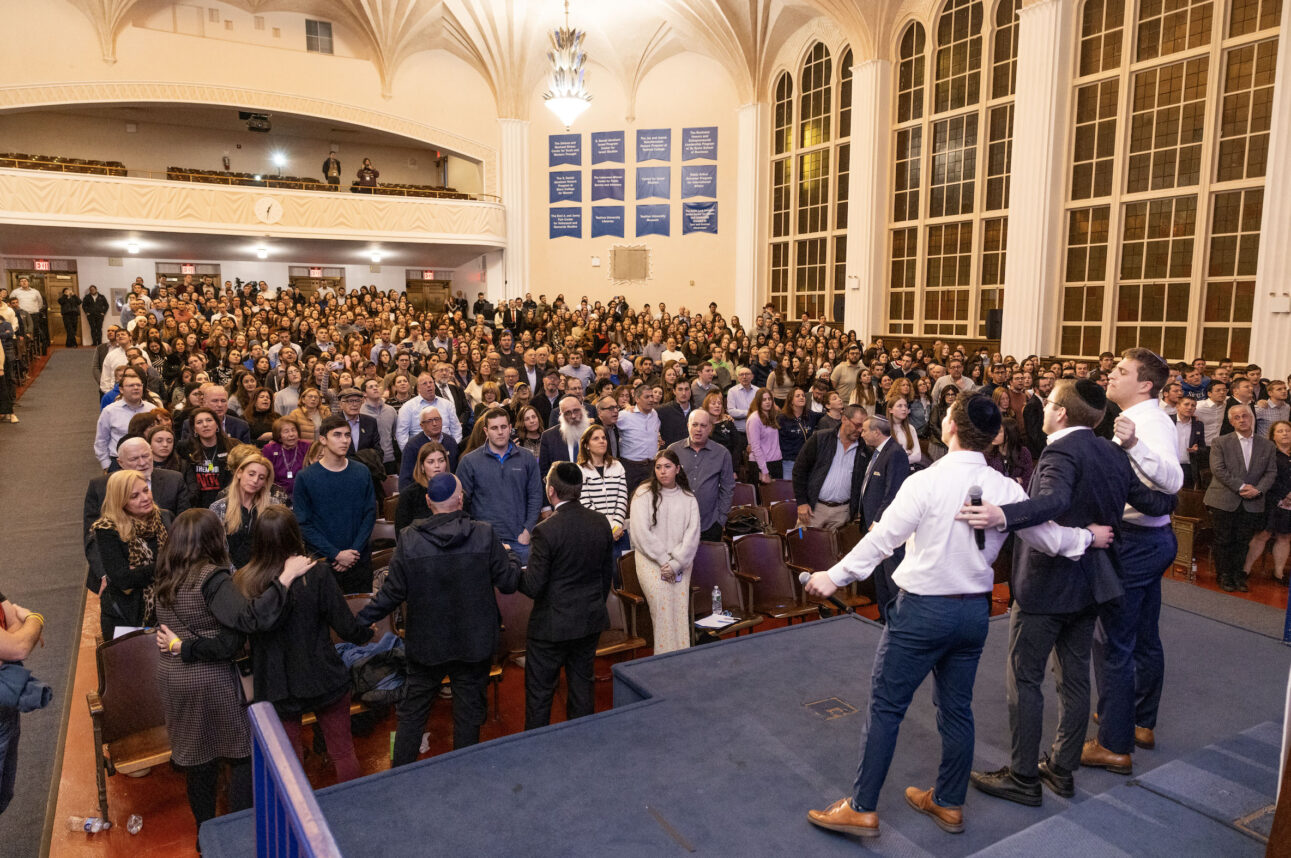This article originally appeared in the Jewish Week
During the first months of the Hitler regime, in 1933, leaders of the Zionist movement concluded a controversial pact with the Third Reich, which, in its various forms, transferred some 60,000 Jews and $100 million-almost $1.7 billion in 2009 dollars-to Jewish Palestine. In return, Zionists would halt the worldwide Jewish-led anti-Nazi boycott that threatened to topple the Hitler regime in its first year. Ultimately, the Transfer Agreement saved lives, rescued assets, and seeded the infrastructure of the Jewish State to be.
Fiery debates instantly ignited throughout the pre-War Jewish world as rumors of the pact leaked out. That acrimony was rekindled in 1984 with the original publication of my book The Transfer Agreement-and has never stopped. Why?
Simply put, The Transfer Agreement came out a decade ahead of its time. When the book first appeared, in 1984, the world was still preoccupied with the enormity of Nazi genocide. The world’s emphasis was on the murderous events of the war years. Organized remembrance was collectively fighting an anti-Semitic revisionist movement that was trying to deny or minimize the Holocaust with rabid pseudo-history. Few had spoken of the financial aspects of the Holocaust until I did. Few had publicly ever used the words “Zionist” and “Nazi” in the same sentence until I did.
For perspective, consider that the first network television attempt to treat the Holocaust was a TV series called “The Holocaust,” which aired in 1978-the same year neo-Nazis marched through Skokie. That was the year I began researching The Transfer Agreement. At the time, the Second Generation movement of children of Holocaust survivors was just forming. The First World Gathering of Holocaust Survivors was only in the planning stage. The U.S. Holocaust Memorial Museum, which received its charter in 1980, was several years and many controversies away from opening. Organized Holocaust education was essentially nonexistent. For society and for survivors, the dominant priority was coming to grips with the genocide-not the assets.
What has changed in 25 years?
Assets are now part of almost every Holocaust discussion. Zionists are compared to Nazis everywhere by anti-Semites and opponents of the existence of the State of Israel. Holocaust remembrance has become a business. The survivors’ efforts at recovering assets or restitution have been expropriated by national and international organizations claiming to speak for them and then pretending to pay homage to them. Hence, we witness the spectacle of thousands of survivors in Brooklyn and Miami and elsewhere living at or near the poverty level. My Dad in Palm Beach has nothing but a roof over his head. But the well-heeled movers and shakers of communal remembrance travel first class, create vibrant websites, and talk the talk… all on their “fair share” of the diverted recovered assets or restitution of the actual survivors.
Every day the survivors, in their newsletters and online exchanges, rail against the United States Holocaust Memorial Museum for sequestering their access to the all-revealing Bad Arolsen archives while tiny Luxembourg, with few survivors, just gained a full copy. No one listens.
Prominent national Jewish leaders find it easier to give well-funded communal cover to the perpetrator corporations, including insurance companies, who victimized the Jews. Holocaust historians find it more lucrative to go on the payroll of perpetrator corporations such as General Motors, IBM, I.G. Farben, and Deutsche Bank, murk the facts, and then slam the files shut.
My mother jumped from a moving train on the way to Treblinka into a snow drift, never believing that the next generation speaking for her would quarrel endlessly and often arrogantly about the measure of her misery.
The Holocaust has indeed become an “industry” where the facts are lost, and all too often not faced. The victims have become tertiary to the process. It is no longer about memory; it is more about money. Facing the reality of the Holocaust is no longer about confronting the horrifying decisions Jews and Zionists had to make with a gun to their head. The Transfer Agreement was one of those most terrible choices. Hence, the message of the book is unchanged 25 years later and its searing question asks this of history: “Why must Jews always make such terrible choices.”
Edwin Black is the award-winning bestselling author of IBM and the Holocaust, and his first book, The Transfer Agreement, now re-released in a 25th Anniversary edition (Dialog Press). He can be reached at www.edwinblack.com.





















 More news and opinions than at a Shabbat dinner, right in your inbox.
More news and opinions than at a Shabbat dinner, right in your inbox.